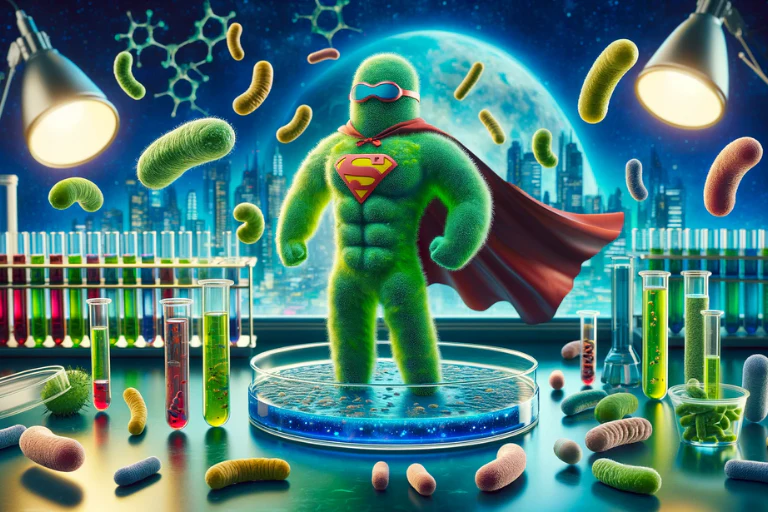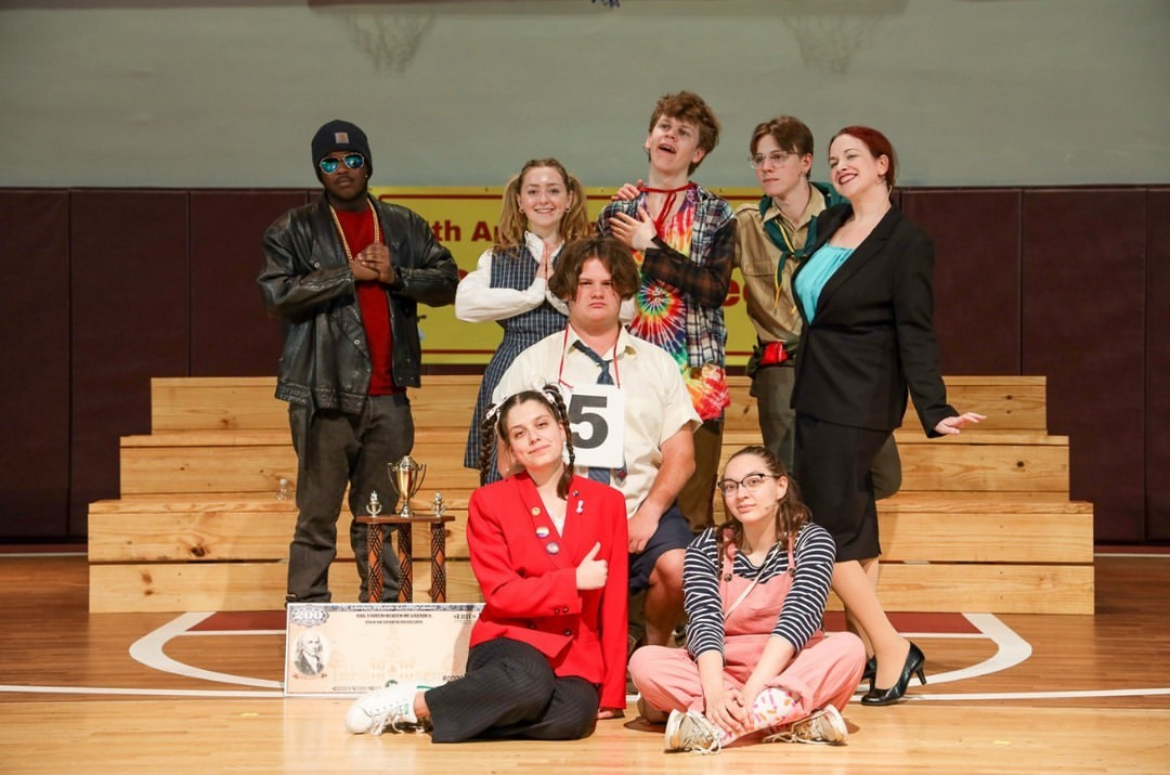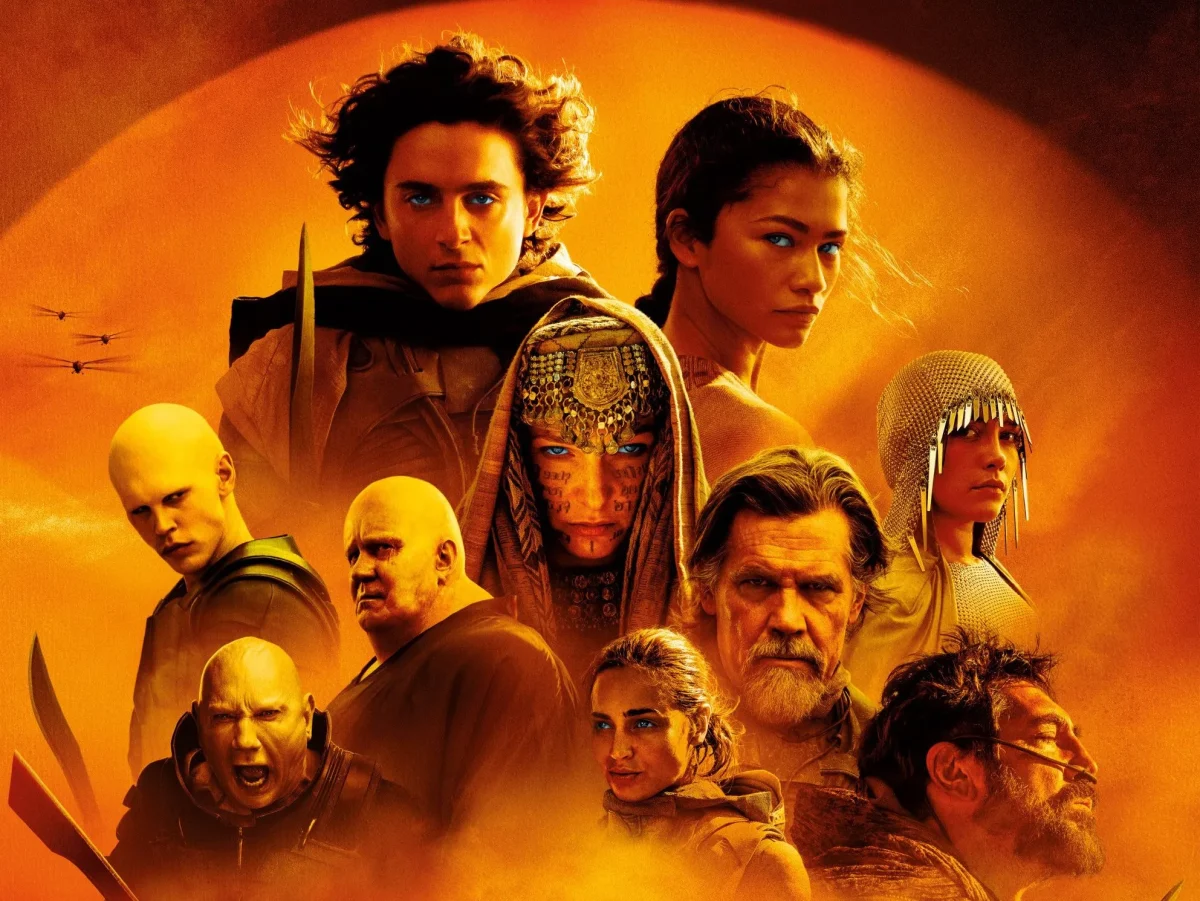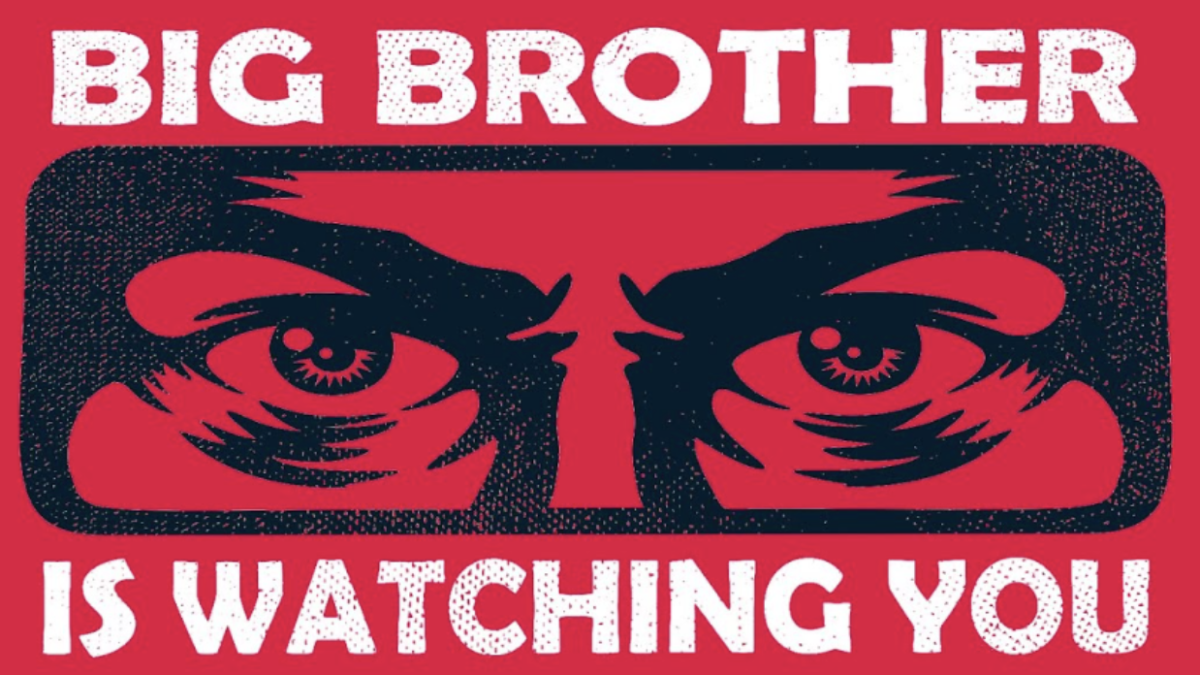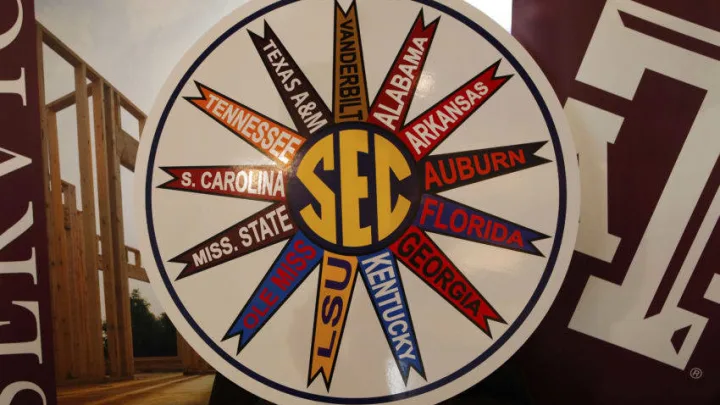Spoilers incoming for the original Alan Wake! Also a few details about this game that might be more fun to find out yourself. The long and short of it is that this is much more of a horror game than its predecessor, but it is also nearly perfect, and I couldn’t recommend it enough.
I found Alan Wake to be a frustrating game, more than anything. It was constantly taking one step forward and two steps back. The concept behind the mechanics was compelling but the gameplay felt completely unsatisfying to play. The flashlight took forever to use, the dodging was awkward and no target reticles or aiming down-sights made it feel like rolling a die to see if your bullets land. The story is fascinating and more than a little hilarious, but it isn’t until a little over halfway through the game that the story gets even a little bit clear. There’s about 8 hours of game with so little behind it story-wise that I considered dropping it altogether. It manages to pull it together and stick the landing with a fantastic ending, but for me I can say that I was unsure of the future of our favorite canonically bad writer. Then I played Control.
Control was great, almost all of the flaws that plagued Alan Wake 1 were fixed. The game felt snappy and exciting, it doled out intrigue at a jaunty clip and used live action video spliced with the game world to create some of the most cinematic moments I’ve ever seen in a game. And it was seasoned with little hints here and there about how this world and Wake’s were connected. I loved Control but I did find the more horror-like, personal world of Bright Falls, Washington to be a bit more exciting story-wise than much of the Federal Bureau of Control in New York. The stage was set for a game that could take the creativity Remedy Entertainment had in the original Alan Wake and infuse it with the gameplay depth and pacing of Control. And I’m happy to say I have good news.
Alan Wake costars this time around with brand new character FBI agent Saga Anderson, deployed to Bright Falls to investigate a ritualistic murder with her partner, Alex Casey (who has the name and face of the protagonist of Alan Wake’s long-running detective series. Weird.) Saga is a good, steady protagonist to have in a world as constantly shifting as this one. Wake has been through a lot in the last 13 years, and so it helps to have a new point of view character unaccustomed to the nature of the town and the lake, to act as an audience’s point of view. Saga’s chapters, ironically, are the ones that resemble the original game much more than Wake’s. It’s the classic gun-and-flashlight pairing, fighting the Taken (Townspeople possessed by the spirit that resides within the town’s lake) in the woods, all while solving a mystery clue by clue on your case-board. The improvements upon the formula are obvious, there are now target reticles and focused aiming as a separate button from using your flashlight, and beyond that everything just feels far more satisfying. In a good survival horror where ammo is scarce, the weapons need to feel like they’re doing more than mildly peeving an enemy, which is luckily the case here. Everything feels urgent and fast, the Taken still mumble nonsense to themselves but it is more insane ravings then the too-campy-for-its-own-good fun facts they would yell in the original game. There is a good push and pull of tension, power, and powerlessness throughout. The detective mechanics aren’t super developed, they’re pretty hand-holdy and really just a conduit to show how Saga is learning information. You don’t make any deductions, just collect pieces of information. If this was a more major part of the game I would not be happy with how shallow of a mechanic it is but as it stands there is so much depth in the rest of the systems of the game that it can be more than forgiven.
Alan Wake has been missing, presumed dead, for the last thirteen years. What we, the audience, know, is that he has in fact been in the Dark Place, a pocket dimension at the bottom of Cauldron Lake, trying to write his way back home. Wake soon finds himself exploring the depths of the Dark Place, which chooses to appear as a shadowy reflection of New York City. Instead of the more traditional action-like combat of Saga’s chapters, Wake instead has a much more horror-focused playstyle. Ammo is scarcer, Flashlight batteries are very few and far between and enemies hit like eighteen-wheelers. Instead of run-of-the-mill Taken, Wake’s foes are instead lost souls, presenting themselves as shadows, most of which a deft player will try to maneuver around. Some will attack when prompted, others will disappear, and it creates a sense of tense paranoia that puts the player right in Alan’s shoes, on edge and trying to hold on to what little sanity he has left.
Alan Wake is a survival horror game now! There are limited resources, tense stalking segments, hectic combat, and the occasional safe-room. The horror itself is for the most part relatively mature with the occasional frustrating take-over-your-screen jump scare which can feel more than a little cheap. Besides that, the atmosphere is always appropriately eerie, and the unfolding mysteries are fresh and unnerving. If you’ve played Resident Evil 2 Remake, you’ll probably recognize the bones of this game and appreciate its creative additions to the formula.
With the inclusion of full motion video cutscenes and real music created specifically for this game, the cinematic qualities are the highest I’ve seen in a video game. You’ve probably seen some of the show-stopping moments yourself online, but let me tell you that it does not diminish the fun of experiencing them firsthand. This really feels like the stuff where Remedy Entertainment finds their voice and goes beyond just derivative of Stephen King and Twin Peaks. I was hooked for every moment in Alan Wake 2 and I left feeling more excited than ever for what Remedy will do next.


